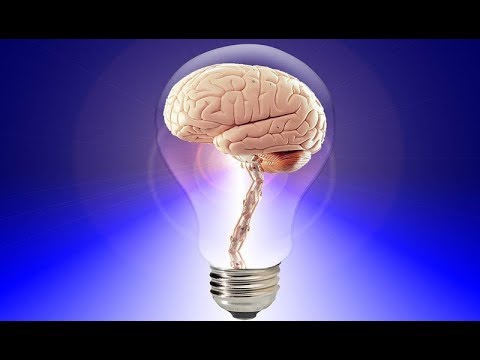Space And Intelligence
Where does the mind end and the world begin? Is the mind locked inside its skull, sealed in with skin, or does it expand outward, merging with things and places and other minds that it thinks with? What if there are objects outside—a pen and paper, a phone—that serve the same function as parts of the brain, enabling it to calculate or remember?
In their famous 1998 paper “The Extended Mind,” philosophers Andy Clark and David J. Chalmers posed those questions and answered them provocatively: cognitive processes “ain’t all in the head.” The environment has an active role in driving cognition; cognition is sometimes made up of neural, bodily, and environmental processes.
From where he started in cognitive science in the early nineteen-eighties, taking an interest in A.I. , professor Clark has moved quite far . “I was very much on the machine-functionalism side back in those days,” he says. “I thought that mind and intelligence were quite high-level abstract achievements where having the right low-level structures in place didn’t really matter.”
Each step he took, from symbolic A.I. to connectionism, from connectionism to embodied cognition, and now to predictive processing, took Clark farther away from the idea of cognition as a disembodied language and toward thinking of it as fundamentally shaped by the particular structure of its animal body, with its arms and its legs and its neuronal brain. He had come far enough that he had now to confront a question: If cognition was a deeply animal business, then how far could artificial intelligence go?
Clark knew that the roboticist Rodney Brooks had recently begun to question a core assumption of the whole A.I. project: that minds could be built of machines. Brooks speculated that one of the reasons A.I. systems and robots appeared to hit a ceiling at a certain level of complexity was that they were built of the wrong stuff—that maybe the fact that robots were not flesh made more of a difference than he’d realized.
Clark couldn’t decide what he thought about this. On the one hand, he was no longer a machine functionalist, exactly: he no longer believed that the mind was just a kind of software that could run on hardware of various sorts. On the other hand, he didn’t believe, and didn’t want to believe, that a mind could be constructed only out of soft biological tissue. He was too committed to the idea of the extended mind—to the prospect of brain-machine combinations, to the glorious cyborg future—to give it up. In a way, though, the structure of the brain itself had some of the qualities that attracted him to the extended-mind view in the first place: it was not one indivisible thing but millions of quasi-independent things, which worked seamlessly together while each had a kind of existence of its own.
“There’s something very interesting about life,” Clark says, “which is that we do seem to be built of system upon system upon system. The smallest systems are the individual cells, which have an awful lot of their own little intelligence, if you like—they take care of themselves, they have their own things to do. Maybe there’s a great flexibility in being built out of all these little bits of stuff that have their own capacities to protect and organize themselves. I’ve become more and more open to the idea that some of the fundamental features of life really are important to understanding how our mind is possible. I didn’t use to think that. I used to think that you could start about halfway up and get everything you needed.”
(https://www.newyorker.com/magazine/2018/04/02/the-mind-expanding-ideas-of-andy-clark)
Andy Clark: Trusting the New You – Philosophy at the University of Edinburgh https://youtu.be/a6KW8R2k2zI
Andy Clark on Basian Predictive Coding – Greenland 2014 https://youtu.be/bDwhW3lO1KI
Video: People Are Merging with Their Smartphones https://youtu.be/iTduyvT8zoM
Perception – The reality beyond matter https://youtu.be/AqnEGu8VF8Y
3D printing yourself a hand: Deus Ex’s bionic limbs are being made for real by Open Bionics https://youtu.be/3nnrstBxomk
Music: Foster The People – Pumped Up Kicks
Visit: https://www.facebook.com/SpaceAndIntelligence
Source




Very interesting lecture but the unrelated material in the visuals, particularly at the end, becomes an annoying distraction.